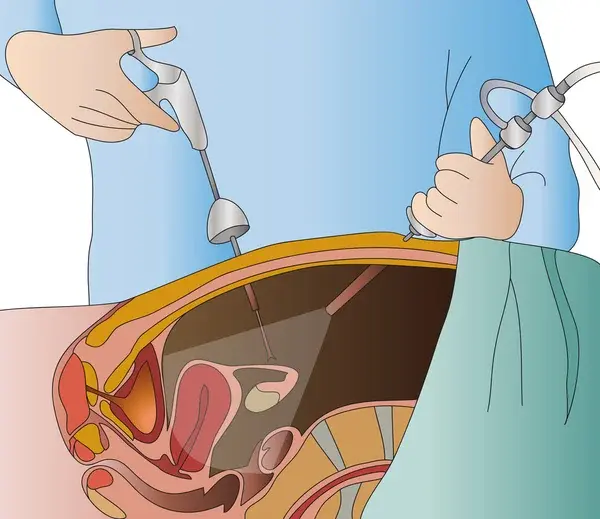

LAPAROSCOPY
About LAPAROSCOPY
Laparoscopy is generally considered safe during pregnancy, and may provide more options for managing patients with potentially surgical pathology. It is associated with good maternal and fetal outcomes, and has been performed safely in any trimester without increasing the risk to the mother or fetus.
Laparoscopy is most commonly used to treat cholelithiasis, appendicitis, ovarian cysts, and adnexal torsion. It involves making small incisions, typically about half an inch long, which results in less scarring than open surgery. Laparoscopy also allows for better visualization and magnification of the surgical site, which helps in identifying and controlling bleeding vessels more precisely. As a result, laparoscopic surgery for ectopic pregnancy generally leads to reduced blood loss during the procedure.
The procedure must be carried out by a surgeon who is experienced in the technique and with appropriate preoperative and perioperative planning to mitigate the altered physiology in pregnancy. The procedure must also take place after 20 weeks, as gravity can push the uterus above the umbilicus, pushing the appendix into the paracoli gutter, and ovary to the ovarian fossa.
Laparoscopic surgery is safe in any trimester of pregnancy. If possible, the second trimester is the best time to perform it. After the first trimester of pregnancy, patients should be positioned in left lateral or partial decubitus to minimize aortocaval compression.


